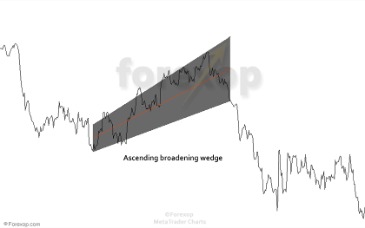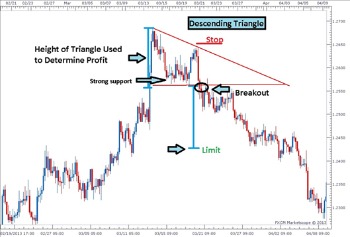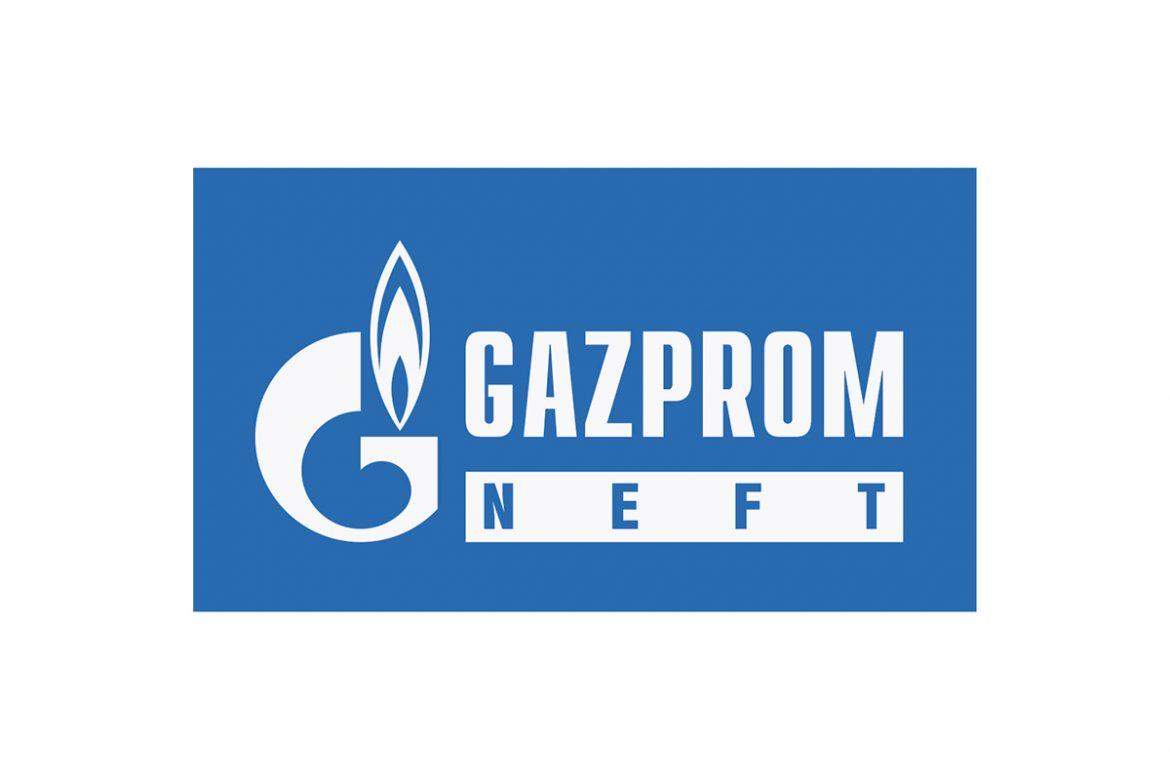What Is Dragonfly Doji and How Can It Be Used?
Forex Trading - 26 februari 2021

Forex Trading - 26 februari 2021
Contents:


The technical storage or access is required to create user profiles to send advertising, or to track the user on a website or across several websites for similar marketing purposes. The technical storage or access that is used exclusively for anonymous statistical purposes. The performance quoted may be before charges, which will reduce illustrated performance. Trading forex on margin carries a high level of risk and may not be suitable for all investors.
The Dragonfly Doji chart pattern is a “T”-shaped candlestick that’s created when the open, high, and closing prices are very similar. Although it is rare, the Dragonfly can also occur when these prices are all the same. The most important part of the Dragonfly Doji is the long lower shadow.
Trading based on a dragonfly doji candlestick is very tough because it’s rare on charts. Many pro traders believe that you should confirm dragonfly doji candle price action with the next candlestick on every chart. The daily chart shows a dragonfly doji at the end of an uptrend. The long lower shadow would suggest a bullish move according to some authors on candlesticks. However, when the opening and closing prices match, it speaks of indecision.
As one can observe, the formation of the dragonfly doji candle reversed the downtrend that preceded the doji candle, and led to an upward move indicated by the green arrow. Also called as a sign of strength as buying pressure that overcomes the selling pressure. You can trade both Dragonfly and Gravestone Doji in a range or trending markets. The Dragonfly candle works well when used in conjunction with other indicators and has high volume.
There are several factors that can be used to interpret dragonflies. Learn more about Patterns, RSI, Body, Probability of Reversal, and how to interpret these indicators. Dragonfly doji have no upper shadow and a long lower shadow, which suggests that bulls regained control over the price after strong selling pressure. When they occur after a downtrend, these candlestick patterns can predict a bullish reversal, especially if they occur on higher than average volume. Gravestone doji have no lower shadow and a long upper shadow, which suggests that bears regained control over the price after strong buying pressure. When they occur after an uptrend, these candlestick patterns can predict a bearish reversal, especially if they occur on higher than average volume.
The long lower shadow implies that the market tested to find where demand was located and found it. Bears were able to press prices downward, but an area of support was found at the low of the day and buying pressure was able to push prices back up to the opening price. Thus, the bearish advance downward was entirely rejected by the bulls.
If, after a long bearish candle, there is a gap down and a formation of the Doji candlestick, it’s a signal of possible reversal up. In order to confirm this, the third candle should be bullish and open with a gap up covering the previous gap down. Apart from doji candles, you can also learn accurate candlestick patterns to reversal candlestick patterns at Indodax Academy. The Dragonfly Doji is a helpful Candlestick pattern to help traders visually see where support and demand is was located. After a downtrend, the Dragonfly Doji can signal to traders that the downtrend could be over and that short positions could potentially be covered. Other indicators should be used in conjunction with the Dragonfly Doji pattern to determine potential buy signals, for example, a break of a downward trendline.
This dragonfly candlestick will form when the open and close prices are almost identical for a specific period. Sometimes, the size of the dragonfly doji plus the size of the confirmation candle can mean that the entry point for a trade is far from the location of the stop loss. That’s because there is no guarantee that the price will continue to move in the expected direction after the confirmation candlestick. The difference between the dragonfly doji and gravestone doji can be seen first in their shape. Regarding how to use it, a doji candle usually provides a moment of “pause and reflection” for traders. Typically, this candle pattern will indicate a price reversal of a trend in the market.

To put it simply, a https://g-markets.net/ candlestick pattern is when the candle has the same open and closing price. To trade the Dragonfly Doji candlestick pattern it’s not enough to simply find a candle with the same shape on your charts. As mentioned above, the hammer and the dragonfly doji pattern are extremely similar. Have you ever wondered how technical analysts analyse charts and make trading decisions? Candlesticks are a technical tool that packs data for multiple timeframes into single bars.
However, since there is active participation from both the bulls and bears, suggesting volatility in the price soon. We introduce people to the world of trading currencies, both fiat and crypto, through our non-drowsy educational content and tools. We’re also a community of traders that support each other on our daily trading journey.
This pattern indicates that buyers have driven the price higher. The colour of the candlestick is not important, so the dragonfly doji can be green or red. The trader must wait for a confirmation candle, or another signal, before placing a sell order. If the candlestick closes above the open, he can open a market order with a stop loss at the low of the doji. A good place to trade in the indecisive market is with doji candlesticks. Dragonfly doji candlestick patterns are similar to those of a T with a long lower shadow and no upper wick.
What is Doji candle pattern in crypto and how to trade with it?.
Posted: Wed, 15 Feb 2023 16:31:59 GMT [source]
The Dragonfly Doji is a Candlestick pattern that can help traders see where support and demand are located. It can be used with other indicators to identify a possible uptrend. As mentioned above, the other two types of doji patterns are the gravestone doji and the long-legged doji.
The signal is confirmed if the candle following the dragonfly rises, closing above the close of the dragonfly. The stronger the rally on the day following the bullish dragonfly, the more reliable the reversal is. The long upper wick signals the loss of control and momentum on the side of bulls and it signals the impending reversal of the price action. A doji candle is dominated by wicks with very small bodies or no bodies at all. This formation can occur at the end of a downtrend, as well in the closing stages of the uptrend.

For example, you can use indicators like the Average True Range and double moving averages. When the price of a security has shown a downward trend, it might signal an upcoming price increase. If the candlestick right after the bullish dragonfly rises and closes at a higher price, the price reversal is confirmed, and trading decisions can be made. The body of a candlestick is equal to the range between the opening and closing price, while the shadows, or wicks, represent the highs and lows of the trading period.
Dragonfly Doji candlestick is one the rarest candles on charts and if you want to remember it better, think about a “T’ Letter. In a nutshell, price moves during the candle session but doesn’t change much at the end of the session. It formed this bearish engulfing pattern showing rejection of lower prices. If you notice, the market is above the 50-period moving average and it tends to bounce off it repeatedly. Pivot Points are automatic support and resistance levels calculated using math formulas. Since we are looking for moves to the upside, we want to trade the Dragonfly Doji using support levels.
The appearance of a dragonfly doji after a price advance warns of a potential price decline. Cory is an expert on stock, forex and futures price action trading strategies. As you can see from the picture, a dragonfly doji looks very similar to a hanging man or a hammer candlestick pattern. This means a doji can be classified as both a reversal and a continuation pattern, as it signals there is no firm outcome of who has control over the price action.